Top Tips: How To Update a Kitchen to Receive High ROI on Resale
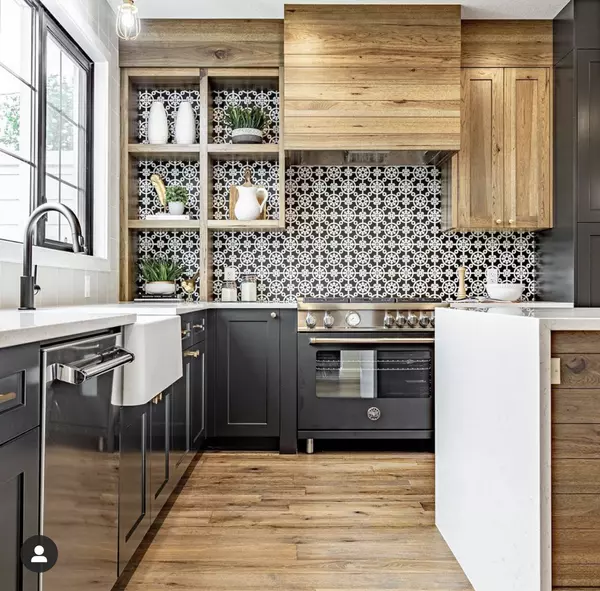
Since the beginning of civilization and home construction, kitchens have been the area home buyers zone in on. As a species, humans tend to gather and communicate in one central area. In a home that central area is the kitchen for most families. Remodels have been targeting the kitchen to get the h
Read MoreMedical Professional Mortgage Loan Programs-Are They for You?

Did you know there are special mortgage loan programs designed specifically for doctors? Physician loans are home loan options that can assist doctors in purchasing a home before they may otherwise be able to. These loans are ideally meant for new medical professionals just entering the field, such
Read More-

There are many pros to living in Phoenix, Arizona as a member of the LGBTQ+ community. Here are just a few: 1. LGBTQ+ Friendly Laws and Policies: Phoenix has had anti-discrimination laws in place for sexual orientation and gender identity since 2013. The city is also home to a variety of LGBTQ+ org
Read More Why are People Moving to Arizona?
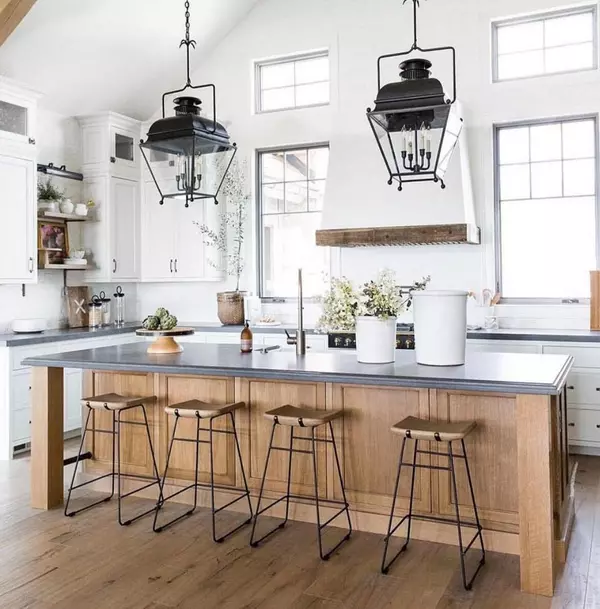
Did you know that for the last decade, Maricopa County (aka the Phoenix-Metro Area) has been the fastest growing county in the US. From 2010 to 2020, Maricopa County grew by more than 750,000 residents.In 2022, the US Census Bureau estimated that an average of 156 people moved to Maricopa County da
Read More-

As a Physician, moving can be a way of life, especially in the beginning of your career. The rare Physician may spend their entire career in one state; however most will find that they move 3 times before settling into a 4th place where they may put down roots. The AAMC has a published report that
Read More Reasons Medical Professionals Should Consider Investing in a Home
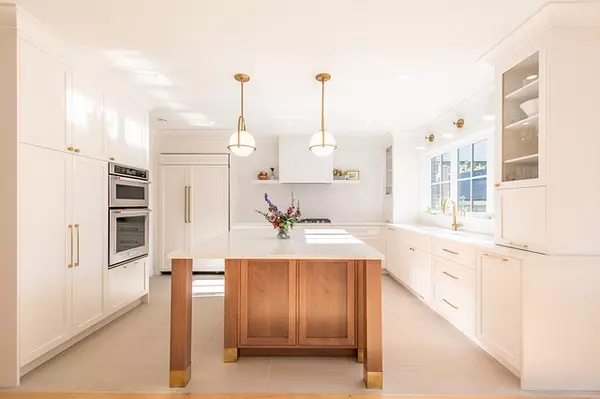
As a medical professional, you spend countless hours providing care for your patients. But what about your own well-being? Have you considered investing in a home? Here are some reasons why you should consider purchasing a home: Stability and security: As a medical professional, your career can t
Read More3 Financial Areas to Consider When Buying a Home as a Resident Physician
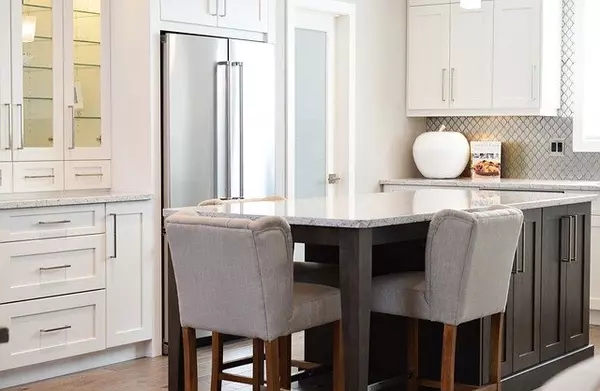
As a Resident Physician, you may feel that buying a home is out of reach due to your medical school debt and limited earning power. However, we want you to know that with the right knowledge and guidance, purchasing a home is possible, and it may even be a wise financial decision. Here are three fi
Read MoreHome Buying Tips for the LGBTQ+ Community

Let's talk about one of the biggest investments you'll ever make in your life – buying a home. It's a huge milestone, but it can also be daunting, especially if you're a member of a marginalized community. But don't worry, we've got you covered. Let's dive into some tips and tricks for navigating t
Read MoreExploring LGBTQ+ Friendly Places to Live

Choosing a place to live is an important decision that can greatly impact one's quality of life. For members of the LGBTQ+ community, it's essential to consider factors such as legal protections, social attitudes, and community resources when picking a place to call home. In this blog post, we'll e
Read MoreTips for Finding an LGBTQ+ Friendly Financial Expert

For members of the LGBTQ+ community, finding a lender who is not only professional and reliable, but also supportive and welcoming, can be a challenge. Many members of the community have faced discrimination and bias from financial institutions, which can make the lending process daunting. Here are
Read More8 Tricks to Make Buyers Fall in Love With Your Home

It’s finally spring and we all know spring is home selling season. Historically, spring has had the highest inventory of available homes for sale. This is because families prefer to move over the summer when school is out and be settled before it starts in the fall. With that said, we all want peop
Read More-
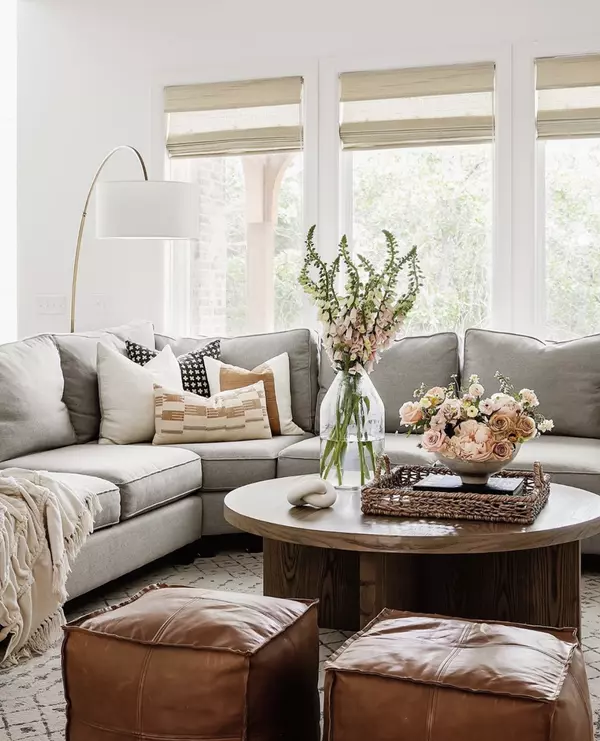
As exciting as it is to move into a new home, not many people look forward to the actual moving day. Whether you are moving across town or across the country, moving is stressful! Here are some helpful hints from expert movers to make the big day a little more bearable. 1. Schedule your move well a
Read More Embracing the Heat: Moving to the Desert in the Summer
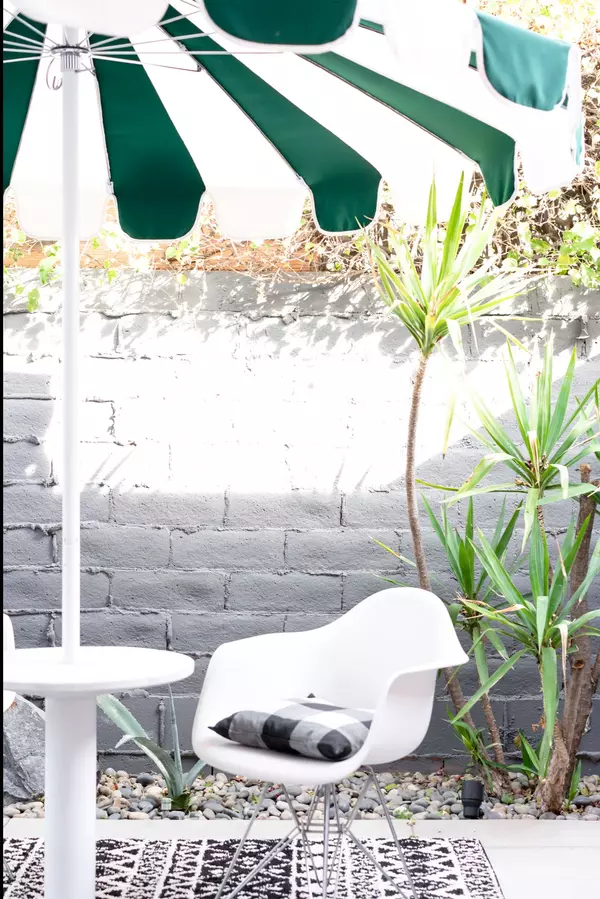
As the scorching sun blankets the arid landscape and waves of heat shimmer in the distance, moving to the desert during the summer may seem like an unusual choice. Yet, for many people it is the most convenient time to relocate. Kids are out of school, some can use paid time-off and couple the move
Read More6 Home Staging Mistakes to Avoid

When it comes to selling a home, effective staging can make a significant difference in attracting potential buyers and securing a quick sale. However, certain staging mistakes can detract from the overall appeal of your property. In today’s blog post, we will highlight common home staging mistakes
Read More-

Are you trying to unpack and the kids are running around driving you absolutely bonkers? Put yourself in the scene, dogs barking, new neighbors coming to the door with that casserole, one kids crying that they can’t find their lovey, and the other kid is racing their matchbox on the new wood floors
Read More Five Home Decor Hacks for an Afternoon

Do you struggle with decorating your home? Do you love HGTV, but think I can’t decorate like a professional? Well, with these hacks you’ll be hitting up Home Goods, At Home, and any other decor store near you. Professional designers recommend even minor updates to a house, which make a significant
Read MoreFast Decluttering Mini-Projects
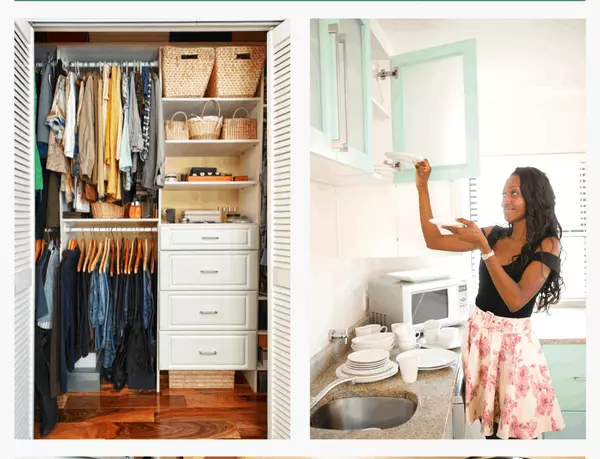
Heading into the holiday season and getting ready to settle into the rhythm of a new year (how is it here already?!), it’s the perfect time to declutter. Even though you probably don’t have the time to dedicate to a whole house declutter, you can make real headway with a few minutes here and there
Read MoreFour Ideas to Reclaim the Garage
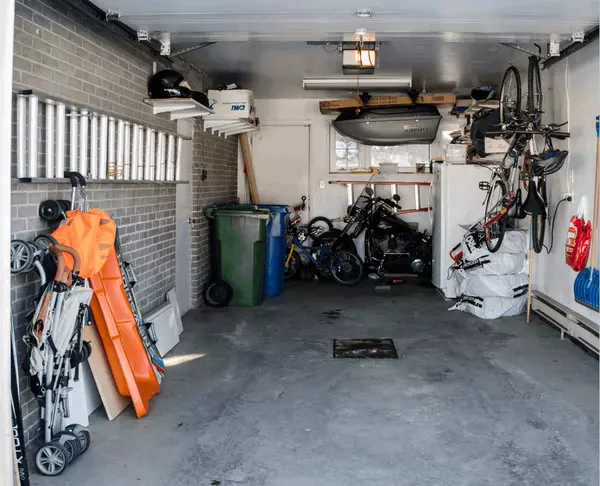
Garages get full fast, especially after an eventful summer season. Before you know it, you are staring at skateboards on the ground, bikes falling on top of each other, and is that Grandma’s sewing machine in the corner? Now is the perfect time to organize the garage before the colder months are he
Read MoreSimple Steps to a Magazine Worthy Kitchen
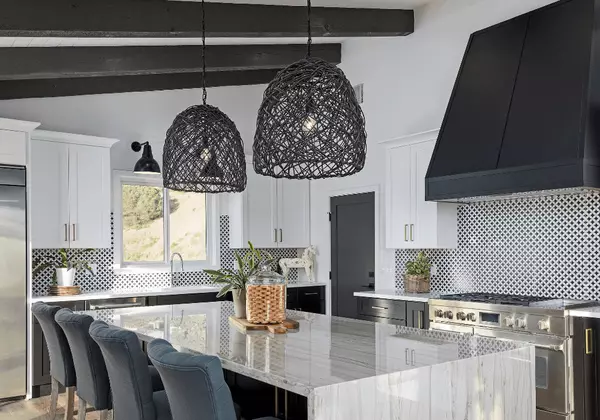
Do you look through home magazines and think, “I want that kitchen”. Don’t we all? Well, your path to a streamlined, organized kitchen starts with a couple of simple tasks: cleaning and organizing. Organizing your kitchen may seem like a daunting project, but with a few daily goals and tasks it’ll
Read More-
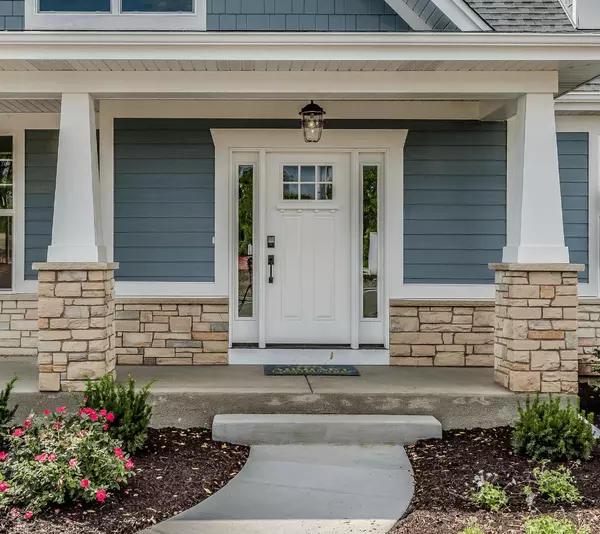
Looking to add style and function to a front entrance? Replace old hardware. house numbers, entry door lockset, wall mounted mailbox, or an overhead light fixture. All of these instantly improve the outside of a home. Make a statement by giving your front door a coat of color with paint or b
Read More
Recent Posts










